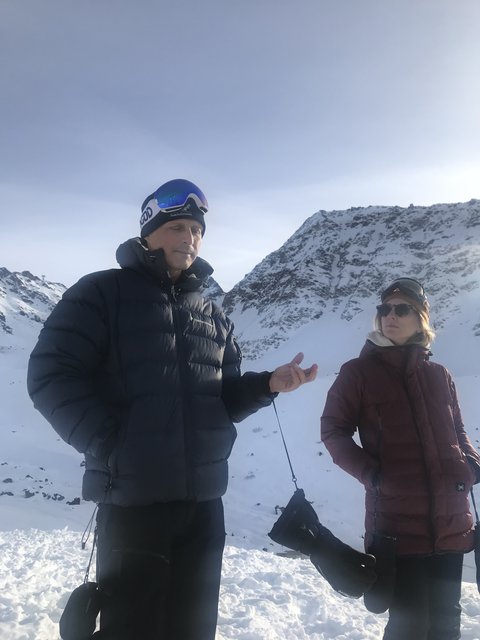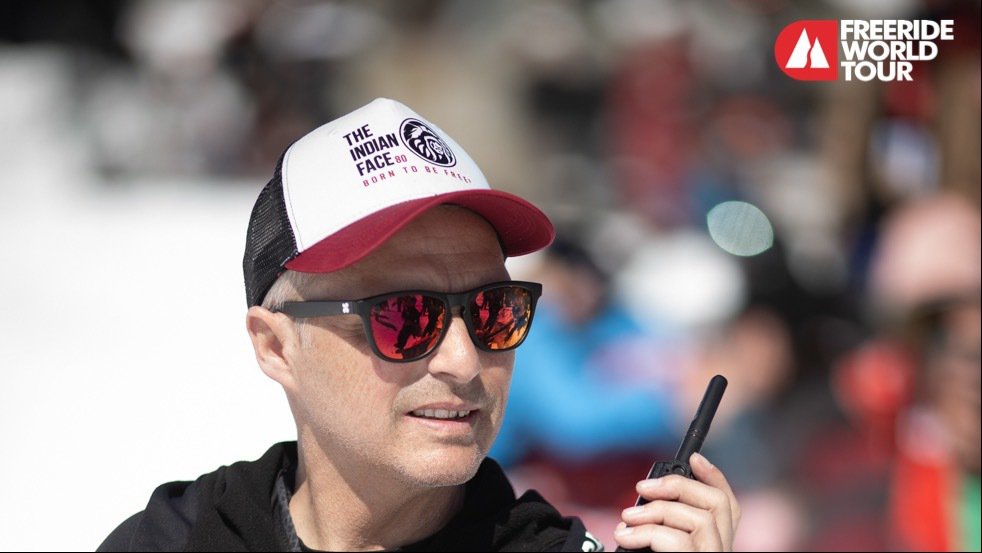Judging is controversial in any sport, especially in a competition with 'free' in the title. The 2020 Tour kicks off tomorrow in Hakuba, Japan. NS caught up Freeride World Tour Judge, Berti Denervaud, in Verbier last week, where he explained how the five FWT judging criteria work:

Berti running through the criteria
_
Line Choice
"You can choose a line that’s maybe steeper or has more/fewer jumps, we’re going to judge was this line difficult or easy? Did you make the most of your line choice, or did you skip the features that were obvious? Did you choose the easiest route, compared to what it could have been?"
_
Control
"Control, for us, is everything that happens on snow if you have a riding mistake while skiing, you hit a shark and go off balance, you crash while skiing. We’re not talking about a mistake landing a jump, we’re talking about any other mistake, while skiing."
_
Technique
"We might give comments and low grades on technique for juniors. If we think that their technique is leading them to danger we will penalize them for technique. For pros, as long as they’re in control, we don’t judge their technique, because they might come from Mogul skiing, Ski Cross, Alpine all these disciplines have different styles, who are we to say ‘this is the right way to ski’?
"As long as you’re in control, that’s your technique. We only judge pros for technique if, for example, a snowboarder sideslips a whole section of a couloir and the rider before linked four turns. The same goes for a skier, we’ll take off one point per second the rider was sideslipping."
_
Fluidity
"Fluidity is relative speed. We don’t measure actual speed, I say relative speed because the judges will say: ‘compared to how the snow is, how exposed and steep that place is: was that fast or not? If we believe it’s fast, then he/she should earn points. The opposite is also true: If it’s slow it loses points.
"Another aspect of fluidity is hesitation. Someone who speed-checks to make sure they’re in the right place, compared to someone who knows they’re in the right place and goes for it. Riders are penalized for each second they are stopped, but sometimes it’s smart to stop, maybe it’s better to stop, lose a couple of points and stick your landing and not lose 20 points. So, there are smart stops."
_
Air & Style
"Obviously nowadays, especially for pros, this is the most important criterion. It’s the number of jumps, the size of the jumps and each jump will be judged as an overall impression. You can either win or lose points with a jump and when we judge each individual jump, we take into consideration the size, speed, length, overall airtime, how exposed it is, was it controlled in the air, did they add any tricks to the air and how was the landing? All that together should build up a score.
"We scope the face before a competition and we say: ‘this is a possible line, you can link, that and that and that. If you’re a ski man, you should be able to jump that on the high line. How many jumps can you do and how many jumps could you do to build a 100 point score?’
That’s something that we think about and between judges, before the first competitor drops, we say: ‘ok, at normal speed, with no added tricks, that’s a five-point-jump, or eight points, or ten. That’s what we call scaling the face.
"The same jump could be an 8-point-jump for ski men, 12 for ski women or snowboard men, and maybe 20 points for snowboard women. We don’t judge all the genders/categories the same, we want to use the whole scale from 0-100, within each category. Each jump will have a different value, depending on the category."
_
So there you go, you probably won't agree with the judges, but hopefully, you'll at least understand a bit more how they came to their decisions.


Comments